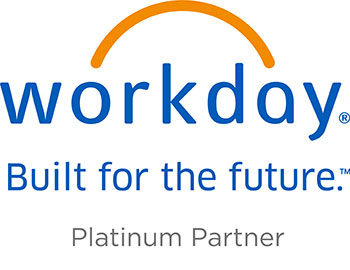Introduction and Key Findings

Introduction
Research has shown the numerous benefits1 of having a diverse and inclusive workforce, from having a variety of cultural perspectives to increased employee creativity, innovation, and productivity.2 Despite these benefits, higher education IT is not keeping pace with the larger US workforce in its employment of underrepresented groups.3 EDUCAUSE has made diversity, equity, and inclusion (DEI) a priority and is committed to promoting professional growth opportunities to individuals of all identities and backgrounds. To date, nearly 450 CIOs have signed a commitment to "promote diversity, equity, and inclusion (DEI) for the benefit of the technology profession in [their] institution and in the profession generally." As part of our continuing efforts to support IT professionals and institutions in addressing the challenges related to this strategic mission, we asked the 1,592 respondents in our 2019 Higher Education Workforce Landscape study several DEI-related questions to learn more about how IT professionals in higher education perceive DEI issues and efforts at their institutions. Understanding their perceptions and experiences is important as higher education IT organizations work toward fostering a workplace where employees of all identities and cultures feel welcomed and included.
EDUCAUSE's DEI Vision
Diversity: Our professional community reflects myriad demographic characteristics, identities, perspectives, and backgrounds.
Equity: All members of our professional communities have access to opportunity and advancement because we have promoted fair treatment and removed barriers that have prevented participation by underrepresented groups.
Inclusion: All colleagues in our thriving community experience a sense of belonging, high levels of engagement, and shared respect.
See Diversity, Equity, and Inclusion for more information and resources.
Key Findings
- The higher education IT community is split on whether the IT workforce reflects the community's diversity. A plurality (47%) of respondents said that their IT organization reflects the diversity of their campus community and the community in which the campus is located, but nearly a third disagreed. Millennials and individuals with disabilities reported higher rates of disagreement, and more women than men said the diversity in their central IT organizations was not reflective of their on- and off-campus communities.
- DEI workshops and/or training works. Employees who are encouraged to participate in and/or do actually participate in DEI workshops are more likely to see DEI as an important contributor to their professional development in their current position. The more that employees think DEI training contributes to their professional development, the more likely they are to consider DEI to be a priority for themselves and their colleagues, supervisors, units, IT organizations, institutions, and communities.
- Over half of IT professionals in higher education have participated in a DEI workshop or training program in the past two years. However, participation is not being widely promoted from the top down. Only about a third of respondents reported that their supervisors encouraged them to participate in a DEI workshop or training program.
- Most respondents believe participating in a DEI workshop or training program would contribute to their professional growth. Women, nonwhites, and LGBQ4 members of the higher education IT workforce are even more likely to feel this way. These results align with other studies that have shown that members of underrepresented groups are more supportive of diversity programs than their counterparts.
Learn More
Access additional materials at The IT Workforce in Higher Education, 2019: CIOs, DEI, HR, Mentoring, and Salaries.
Thank You to Our IT Workforce Research Sponsor

© 2019 EDUCAUSE. The text of this work is licensed under a Creative Commons BY-NC-ND 4.0 International License.
Dana C. Gierdowski and D. Christopher Brooks. Diversity, Equity, and Inclusion in the IT Workforce, 2019. Research report. Louisville, CO: ECAR, August 2019.
Notes
-
Erik Larson, "New Research: Diversity + Inclusion = Better Decision Making at Work," Forbes, September 21, 2017.
↩︎ -
Thomas Barta, Markus Kleiner, and Tilo Neumann, "Is There a Payoff from Top-Team Diversity?" McKinsey Quarterly, April 2012; Katherine W. Phillips, "How Diversity Makes Us Smarter," Scientific American, October 1, 2014; and "Waiter, Is That Inclusion in My Soup? A New Recipe to Improve Business Performance," Deloitte and the Victorian Equal Opportunity & Human Rights Commission, May 2013.
↩︎ -
Joseph D. Galanek, Dana C. Gierdowski, and D. Christopher Brooks, The Higher Education IT Workforce Landscape, 2019, research report (Louisville, CO: ECAR, February 2019).
↩︎ -
LGBQ is an initialism that stands for lesbian, gay, bisexual, and queer. Transgender was not included in our questions regarding sexual orientation but was included in our question regarding gender identity.
↩︎